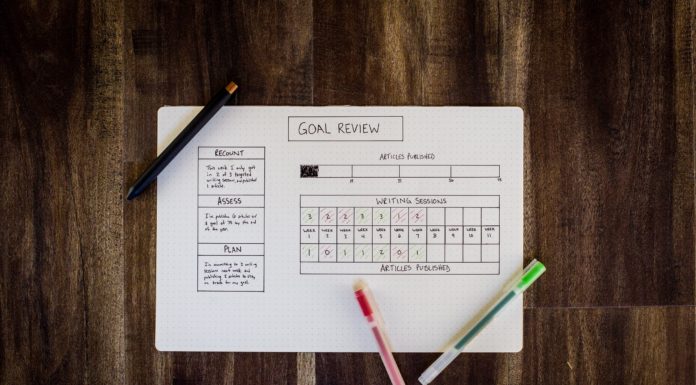In order to successfully run your small business, you’ll need to know some important finance vocabulary, including invoicing terms. Without this important knowledge, you’ll probably end up making some crucial mistakes or fail to take advantage of important opportunities.
In fact, it’s been estimated that only 18% of small business owners had a good grasp of finances, which is definitely not good for business.
Today we’ll look at 7 of the most important invoicing terms and related documents small business owners need to know to help them succeed.
Recurring invoice
If you have regular customers and you charge them the same price at the same time periods, you don’t have to manually send an invoice each time. You can create a recurring invoice on an online invoicing software program, and the service will automatically send out invoices to them at the time specified.
Recurring invoices allow you to determine the time, the amount, and the frequency of the recurring invoices being sent, as well as a customized message that goes along with it.
Interest Invoice
If a customer is late on an invoice, you may send an interest invoice. This invoice lists only the interest of the original outstanding payment and the time period since the payment was late. This is a good option for those customers who are far behind on their payments. However, if your relationship with your customer is more personal, there are other invoicing options, such as a friendly email reminder might be a better option.
Quotes & Estimates
This is a very important document for getting potential customers. If a customer is interested in your services, they will probably want to see your prices first. An estimate or quote is a personalized pricing list for the specific customer, including how you’ve determined the pricing and a time period for you to deliver your services.
Proforma Invoice
This type of invoice is similar to a quote or estimate. However, the main difference here is that the proforma invoice is created after you and your customer have already agreed upon a price. Compare that to a quote or estimate, where you are submitting a price for their review.
Item revenue
This is a document that shows you the revenue created for a specific item for a specified time period. For example, you can do this report to see how much revenue was generated from your wedding photography in the last 6 months (compared to your other services).
Tax summary
This document presents a summary of the total taxable amount that you have paid for a specific time period. This document can be attained on a yearly basis by contacting your tax authorities. It can also be generated by online invoicing software based on the invoices sent for that time period.
Income Statement
The income statement, also known as a Profit & Loss Statement (P&L), is the most important of the three finance documents every business owner needs to have. In order to review the revenues, costs and expenses for a specific time period, you’ll need to create this document.
These are some of the most important invoicing terms and documents that you’ll need to improve your financial vocabulary. Remember, educating yourself in all parts of your business, especially the financial part, is a must-have for your business success. This is a good starting point and you are already well on your way to develop your business knowledge and acumen.




































